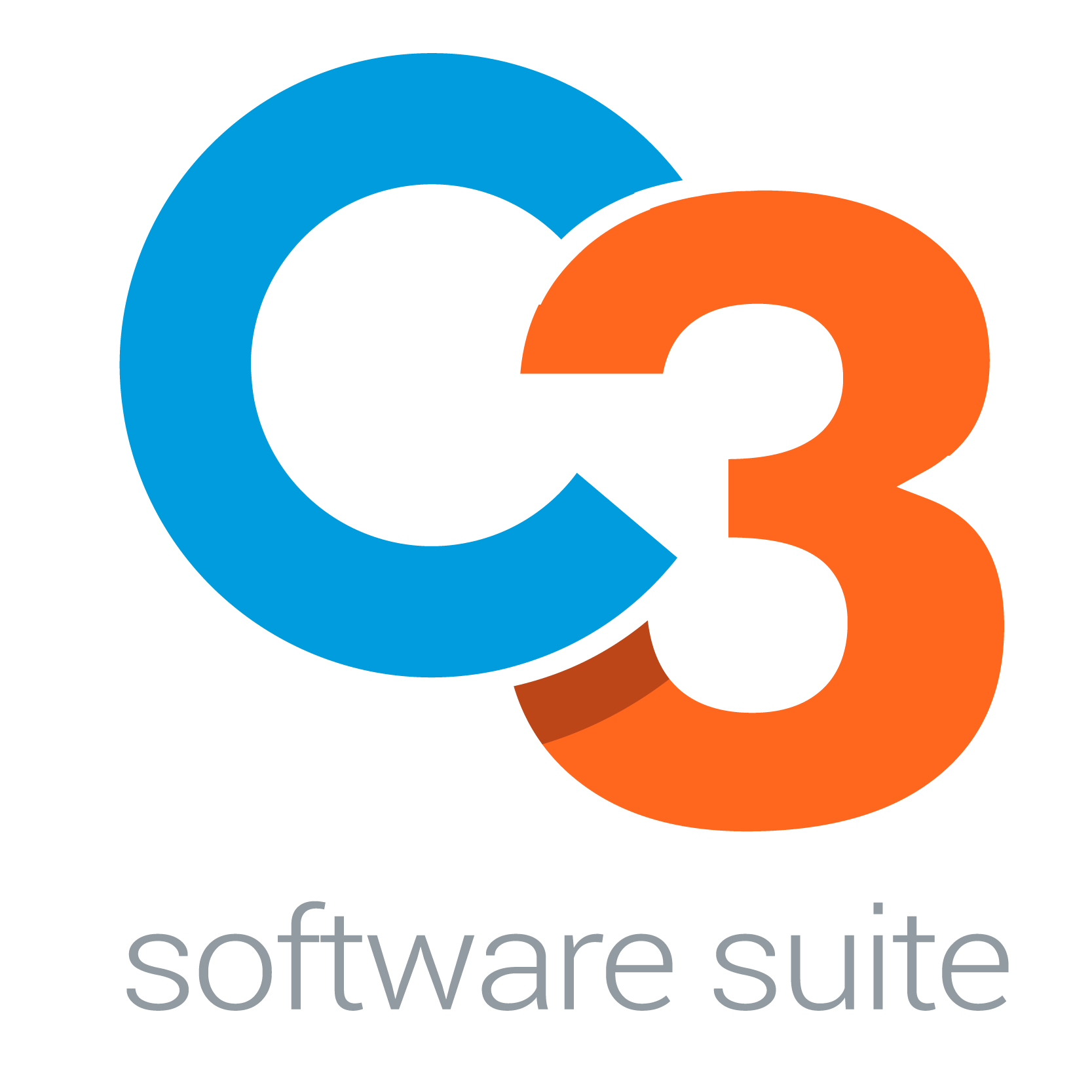
Organizations rely on users to implement their Information Governance framework, leading to inconsistency in how information is handled throughout the organization. C3 solves this challenge by using a virtual metadata and compliance layer to automate the selection of metadata and compliance rules wherever possible.
C3 works with many Content Management Systems such as SharePoint, Microsoft Office, Shared Drives, Content Server, Documentum, and any CMIS-compliant system. With C3, you can centrally define and control your corporate metadata and compliance rules, while ensuring they are synchronized and consistently enforced across your repositories.
Regardless of the type or format of the files, including emails, corporate documents, or a physical box of files, C3 organizes all of your information intelligently using a number of AI techniques, including from knowledge graphs to machine learning, to realize your information governance framework.
With its ability to connect directly with the Content Management software your use today, the C3 software is your solution for organization, compliance, and monitoring.
Let us help your organization conquer information chaos with intelligent information governance.
The C3 integrated thesaurus not only provides the capability of tagging information in multiple languages but it also allows users to operate with familiar vocabulary while ensuring documents are still tagged with official corporate terms.
The C3 Semantic Engine makes the life of users easier by enhancing the automation of metadata tagging and compliance decisions using our patented C3 semantic engine to incorporate knowledge of your business into the automatic classification process. C3 supports semantic relations and compliance rules that turn your organizational knowledge and metadata into an automated compliance framework.
In leveraging the C3 Semantic Engine, including features such as the thesaurus, semantic relations, and compliance rules, documents can be automatically classified with minimal intervention. The C3 Automatic classification works by bringing together the business knowledge processing of the C3 Semantic Engine with text processing based on machine learning.
The C3 Classifier can automatically route your information to the correct location in your Content Management ecosystem by leveraging its Semantic Engine and Automatic Classification capabilities to determine the location that best fits your Information Governance framework. By using the C3 Classifier, users can be certain that their content will be routed to a location that balances security permissions, collaboration, search, and findability.
The C3 Knowledge Map feature is a system in which people who deal with experts in the organization who are knowledgeable about particular subjects can link these experts to semantic descriptions of their knowledge by using the C3 Metadata Framework. This C3 Knowledge map ensures that users can find co-workers who have knowledge relevant to their work and can provide assistance to them.
Let us help your organization meet its internal and regulatory compliance requirements.
C3 acts as a metadata hub for your organization by storing the metadata and compliance rules definitions for all of your organization. The C3 metadata can be synchronized with your Content Services, which ensures your metadata will be consistently defined for all of your information, enabling Federated Search, Data Loss Prevention, and Monitoring/Reporting. C3 can also pull data from structured data systems to be used as metadata, and offers an API for access to its metadata and compliance rules engines.
Security, Privacy, and Lifecycle Management policies are all important parts of your organization's Information Governance framework. C3 turns your policies from a paper exercise into action by directly representing the policies as values in the C3 model, allowing organizations to set up rules in C3 to automatically select the correct policies based on the content and business context of the information.
The C3 Document Marking and Labeling feature enables the marking of documents/emails in either text or watermark manually or automatically based on pre-specified rules.
Understand the state of your information assets.
Each metadata field used by the organization to tag and describe content is specified in the C3 Smart Model. Specific properties, taxonomies and/or controlled vocabularies can also be attached to metadata fields. Furthermore, Custom Properties can be attached to any C3 metadata field or value. These Custom properties provide an easy way to extend the C3 Smart Model and are often used to implement special client requirements without having to resort to custom coding.
The C3 Decentralized Governance feature enables any user to suggest new taxonomy values if the value they wish to apply to the document is missing. New metadata fields, thesaurus values and relationships can also be suggested. These suggestions are displayed on the C3 Decentralized Governance Dashboard and can then be accepted or rejected by authorized information managers or local administrators responsible for the governance of different metadata fields. C3 Decentralized Governance enables the organization to manage the C3 Model in a decentralized manner while ensuring interoperability and consistency is maintained.
C3 stores a history of how the model is used and updated throughout the organization. This provides all of the data required for an audit of documents are classified throughout an organization. It provides the ability to collect, analyze, present and visualize data on documents that have been tagged with metadata using C3. For example, metadata that is labeled Top Secret, or related to retention and disposition can be reported on.
20 Allée de Hambourg
Bureau 220
Gatineau, QC J9J 4K3
Sales and Technical Support:
Sales: sales@cogniva.ca
IT Support: support@cogniva.ca
Copyright © 2018 Struto. All rights reserved. Terms and Conditions & Online Privacy